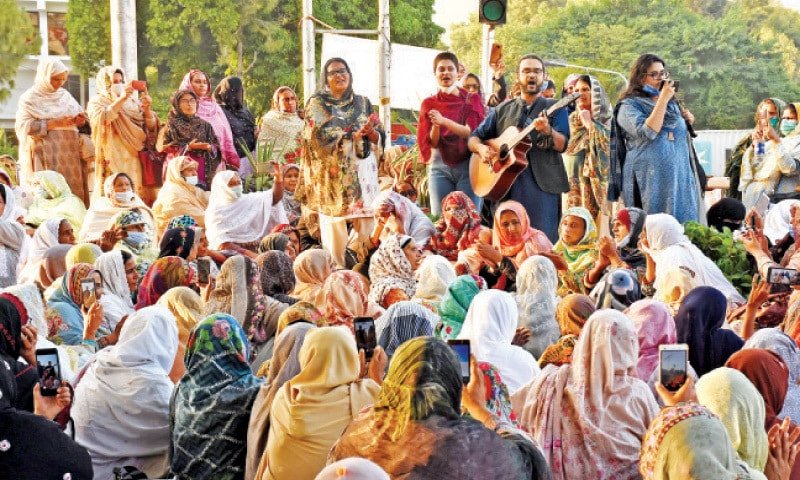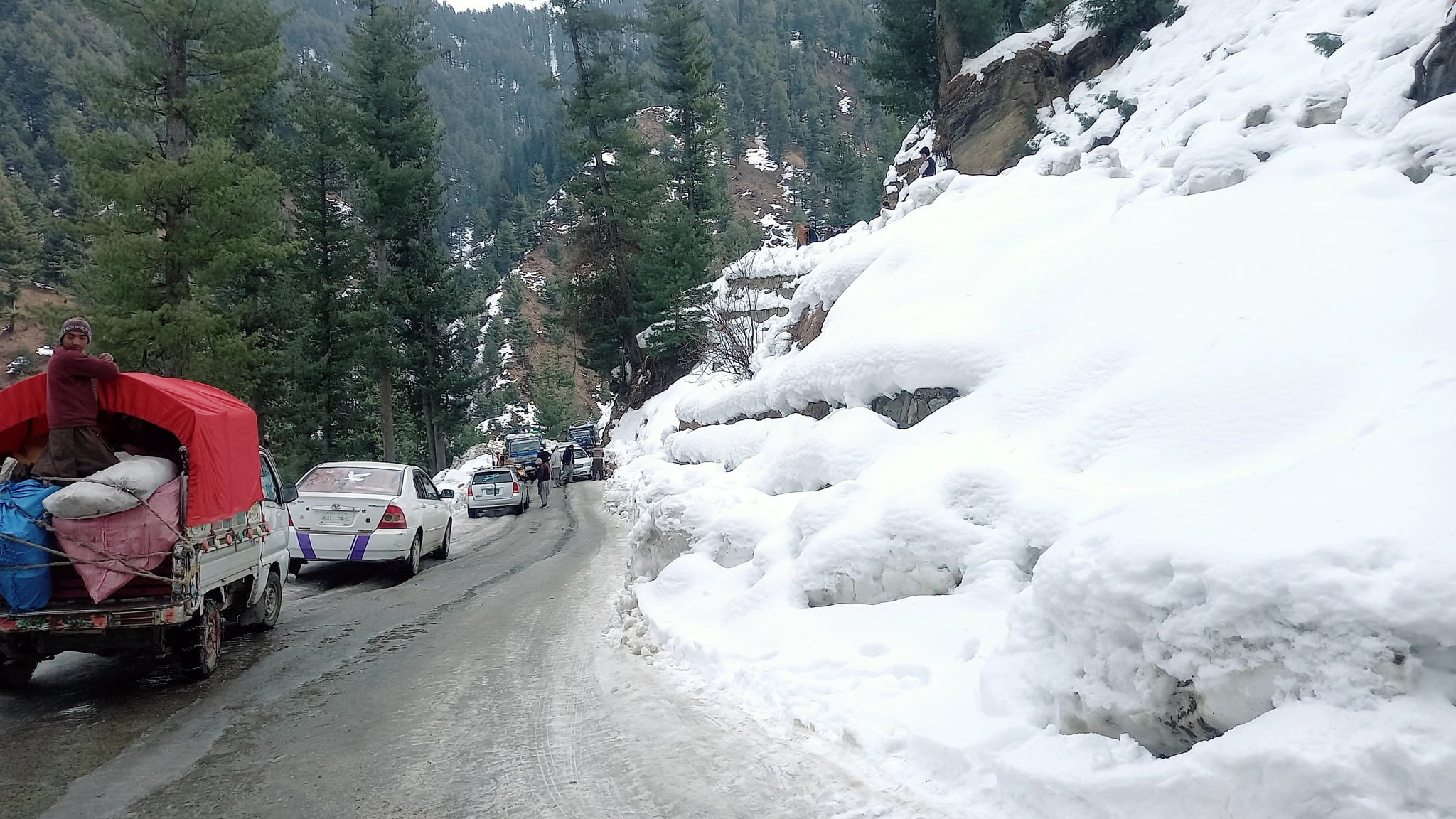Rural northern KP faces severe issues due to poor internet and cellular connectivity
In the mountainous Allai area of Battagram district, Khyber Pakhtunkhwa, internet access is so unreliable that shopkeeper Habibullah has devised a creative solution

In the mountainous Allai area of Battagram district, Khyber Pakhtunkhwa (KP), internet access is so unreliable that shopkeeper Habibullah has devised a creative solution: each morning, before heading to work, he sends his portable internet device up a nearby mountain using a rope pulley system. This improvised method is his only way to connect with the outside world.
Allai tehsil, where Habibullah lives, is among many areas in northern KP that suffer from inadequate internet and cellular network coverage. Despite receiving cellular signals for the first time in 2016, residents say the situation has only deteriorated.
Habibullah explained that his village receives no cellular signal at all. To stay connected, he rigged a rechargeable Wi-Fi device to a rope and hoisted it to higher ground where signals are slightly stronger, a makeshift fix to a persistent problem.
The struggle for reliable connectivity spans across the Hazara and Malakand divisions of northern KP. For many, internet access is not just a luxury but a lifeline — a means to communicate with family abroad, attend virtual classes, access banking, and perform essential daily tasks.
Hajra Gul, a bachelor’s student of Social Sciences at Allama Iqbal Open University, walks more than half an hour from her home in Shahpur Khwar Kaly, Shangla, to Shahpur Bazaar just to access the internet and attend her online workshops.
“There’s only one network provider in our entire area, and even that signal often disappears by the evening,” she said.
With no girls’ college or university in the tehsil and limited financial means, her father is a coal miner, Hajra’s dream of higher education faces immense challenges. “I’m striving to become the first government school teacher from my village, where we still lack a local female teacher,” she shared.
In June this year, hundreds of residents took to the streets in Shahpur Bazaar to protest against poor cellular and internet services, citing frequent signal loss and its impact on banking operations, which in turn delays salary disbursements.
Similar protests were held in the Sarkool area of Chakesar tehsil, Shangla, on July 21. Although local administration officials met with telecom companies following the demonstrations, no significant improvements have been made.
Mian Safeer, a senior lawyer practising at the Shangla courts, has filed a case in the Swat consumer court against poor internet services. The court summoned representatives of two service providers and issued directives to enhance service quality. However, Safeer says there has been no noticeable change.
“In this modern digital age, it’s a fundamental right to have access to mobile and internet services,” he asserted. “Yet, about 40 per cent of Shangla’s population still lacks reliable connectivity.”
He stressed the internet’s growing importance in daily life, from education and employment to accessing healthcare and emergency services, and lamented that Shangla and its surrounding areas remain digitally excluded.
The Pakistan Telecommunication Authority’s (PTA) 2024 Quality of Service surveys revealed that fixed-line broadband services in regions such as Gilgit-Baltistan and Azad Kashmir perform poorly, particularly during peak hours. Many rural areas still rely on outdated copper-based infrastructure, resulting in speeds often below 1 Mbps.
A significant urban-rural digital divide persists. According to the Internet Society’s Pulse: Pakistan Country Report, only around 12% of the rural population accessed the internet in the past three months, compared to 31% in urban areas. While national internet penetration has surpassed 45% as of 2025, rural regions continue to lag far behind.
The Universal Service Fund (USF) reports that 110 districts in Pakistan currently rely on 3,052 telecom towers to deliver internet and cellular services.
Zaibunnisa, a spokesperson for the PTA, told this scribe that the authority regularly holds meetings with service providers and receives frequent complaints from rural areas about service quality. She noted that while telecom operators do not fall directly under the PTA’s jurisdiction, the PTA chairman also serves on the board of the USF, which is working to improve connectivity in underserved regions.
Despite ongoing efforts, residents of rural northern KP remain disconnected, not just from the internet, but from opportunities that could transform their lives.





